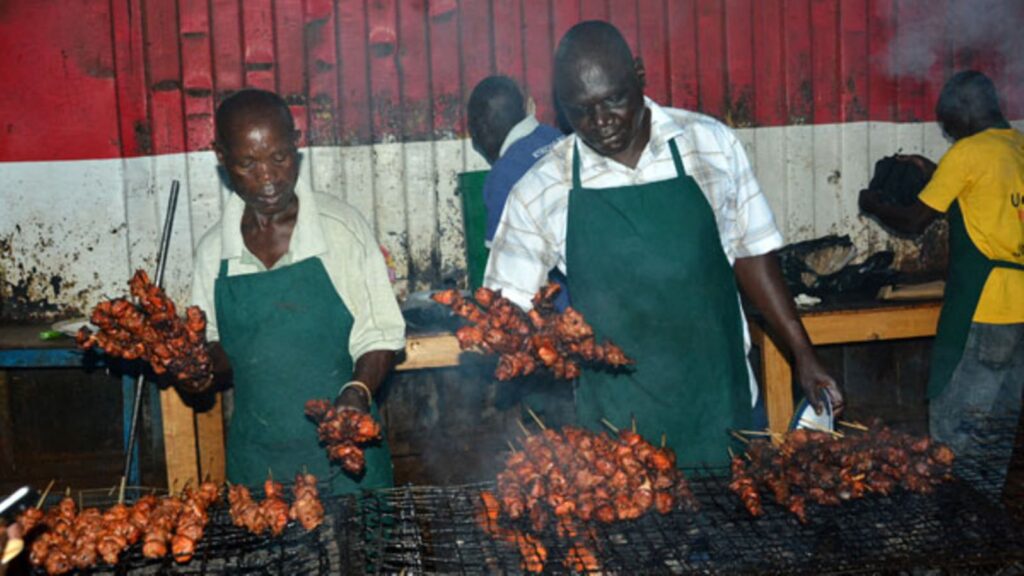Uganda is a leading nation in pork consumption and stands as the second-largest producer in Africa, trailing only South Africa.
During a meeting at the Kampala Serena Hotel with Dr. Appolinaire Djikeng, Director General of the International Livestock Research Institute (ILRI), State Minister for Animal Industry Bright Rwamirama discussed efforts to attract investments in modern abattoirs.
He highlighted Gayaza in Wakiso district as an example, where a facility has been certified by the Ministry and recognized by the International Trade Organisation.
Rwamirama emphasized the need for more investments to ensure that Uganda can produce high-quality pork for both local consumers and the export market.
A recent livestock census revealed a significant increase in the pig population, rising from one million to 7.1 million.
Dr. Herbert Luswata, President of the Uganda Medical Association, praised pork as an excellent source of high-quality protein, essential for muscle mass maintenance.
He also noted that pork is rich in vital nutrients like vitamins B12, B6, niacin, zinc, selenium, and phosphorus, all of which play crucial roles in maintaining overall health.
Despite these benefits, Rwamirama acknowledged the challenges facing the pork industry, particularly the threat of swine fever.
He also mentioned that cultural and religious practices in some communities limit the acceptance of pork as a protein source.
“We cannot talk about food and nutrition security without discussing animal protein,” Rwamirama stressed.
To combat swine fever, the Ministry of Agriculture, Animal Industry, and Fisheries is partnering with ILRI to find effective solutions.
Dr. Djikeng noted the growing potential of Uganda’s pork industry, highlighting its capacity to feed the population and generate income.
He emphasized that with the rising consumption of pork, Uganda has a strong potential to export pork and pork products internationally.
ILRI’s projects in Uganda, currently valued at approximately $5 million, focus on enhancing value chains for pigs, cattle, poultry, and small ruminants.

